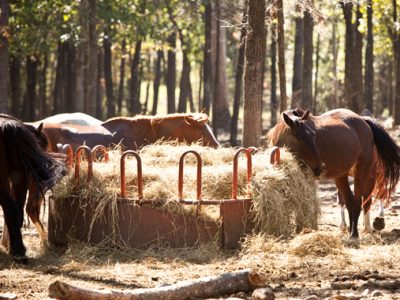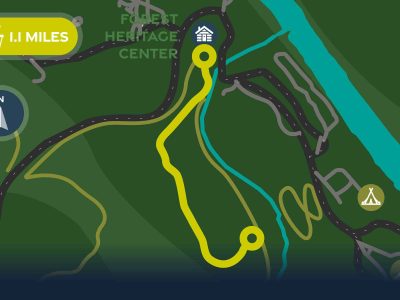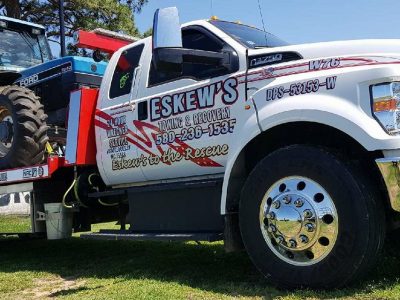When it comes to dove hunting, most hunters think of hunting large grain fields or even large farm ponds surrounded by plowed crops of wheat or corn. These areas do often produce large numbers of dove. Hunting mourning dove in commercially forested areas can be a bit more challenging, but knowing where to find them is the key and what hunter doesn’t like a challenge. The Honobia Creek and Three Rivers Wildlife Management Areas (WMAs) are great areas to visit for anyone looking for a different type of dove hunt that only forested habitats can provide.
By far, finding the food resources that mourning dove prefer is the key when it comes to finding dove in commercially forested habitats. Both the Honobia Creek and Three Rivers WMAs are managed for timber production with more than 25,000 acres of pine timber thinned or clear-cut annually. Clear-cut areas as well as one and two year old pine plantations typically have an abundance of small seeded, early seral stage plants that mourning dove key in on. Any young plantation with an abundance of crotons is a prime area to begin searching for mourning dove. In addition, mourning dove frequently perch in dead standing trees in and around where they feed. A young plantation with an abundance of crotons and dead standing trees is very likely to produce mourning dove. In addition to crotons, mourning dove consume seeds from ragweeds, pokeweeds, and sunflowers and readily consume many grass seeds including barnyardgrass and bristlegrass.
Once a young plantation or clear-cut area is found that contains dove, three common hunt methods are available. Often, the crotons in these types of habitats are knee high making it difficult to spot dove feeding on the ground. Hiking through the plantation and flushing the birds from their feeding areas, similar to quail hunting, is one method that can prove successful. A second method is to glass the plantation with binoculars and see if any particular dead standing tree or group of trees is being used regularly as perch sites. Sitting near these perch sites can allow for some wing shooting as dove fly to and from their feeding areas. A third method which may be available at some locations is locating a water source in or adjacent to the plantation. Mourning dove regularly visit a source of water throughout the day as they feed and if one is nearby it can be a great place to sit. While harvesting a limit of dove from one location is possible, hunting two or three of these young plantations in one day will produce slightly different hunting situations to adapt to which can make the challenge even more enjoyable.
The dove hunting season in Oklahoma generally begins September 1 and runs through October 30, but be sure to check the Oklahoma Hunting Guide before scheduling a dove hunting trip to the WMAs. While an occasional white-winged dove and Eurasian collared dove are spotted in southeast Oklahoma, the mourning dove is far more abundant. As is common throughout Oklahoma, the best dove hunting action is usually toward the beginning of September. Dove begin to migrate south as the daily temperatures become cooler.
The Honobia Creek and Three Rivers WMAs are privately owned by timber companies but open to the public through cooperative agreements between the Oklahoma Department of Wildlife Conservation and each timber company. Accessing the Honobia Creek and Three Rivers WMAs for any type of recreation does require each person to purchase a Land Access Fee permit. The permit, $40 for Oklahoma residents between the ages of 18 and 64 and $85 for nonresidents (no age exemptions for nonresidents), is good for one calendar year and is sold at all locations in Oklahoma that sell hunting and fishing licenses. All revenue from each Land Access Fee permit sold goes not only toward the management of the WMAs, but also to pay the timber investment companies an annual lease fee to help keep the WMAs open for the public to enjoy.
Feel free to contact the Honobia Creek and Three Rivers Wildlife Management Area biologist at 918-527-5308 before planning your next hunting trip to the Honobia Creek and Three Rivers WMAs.








